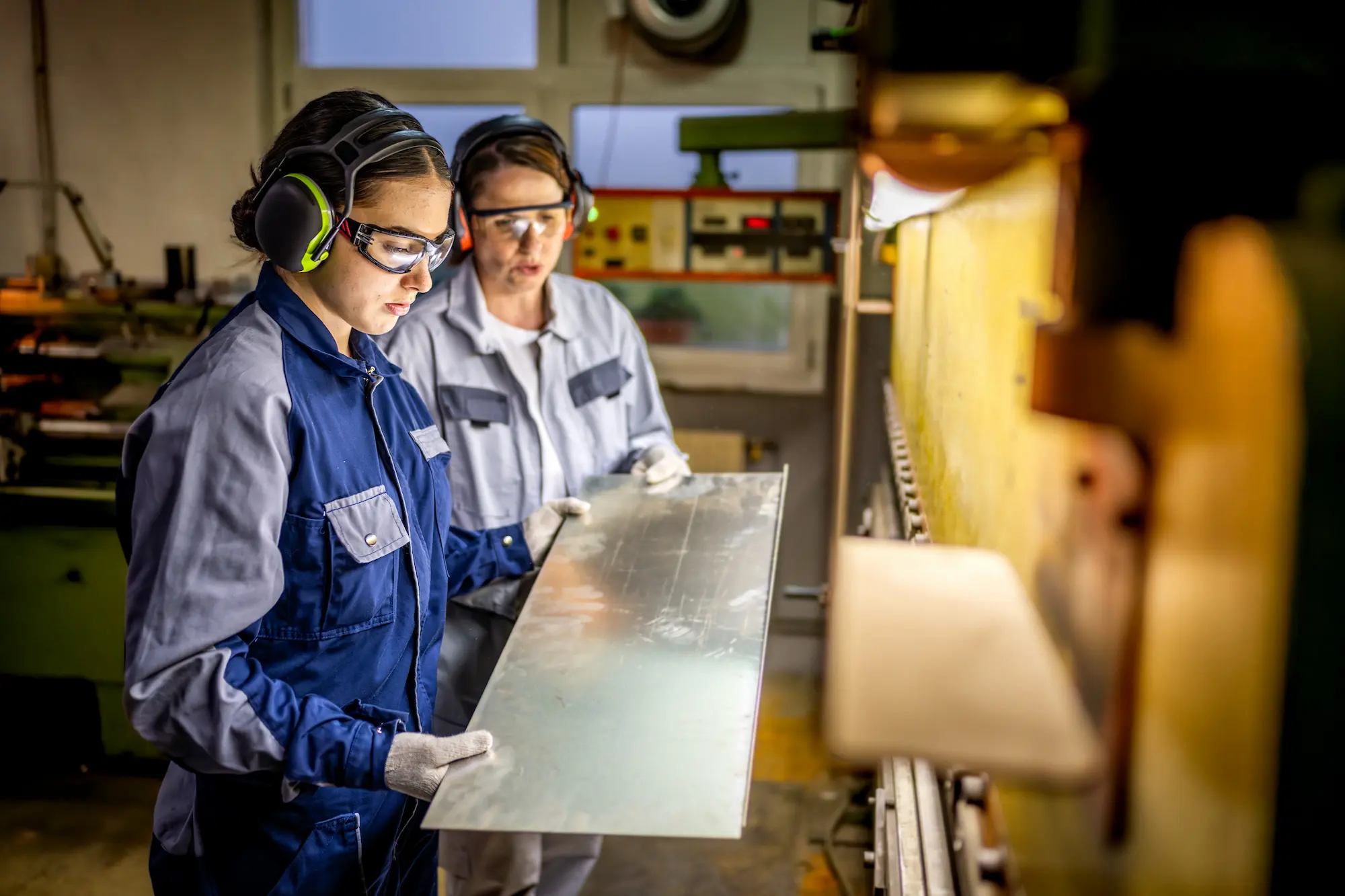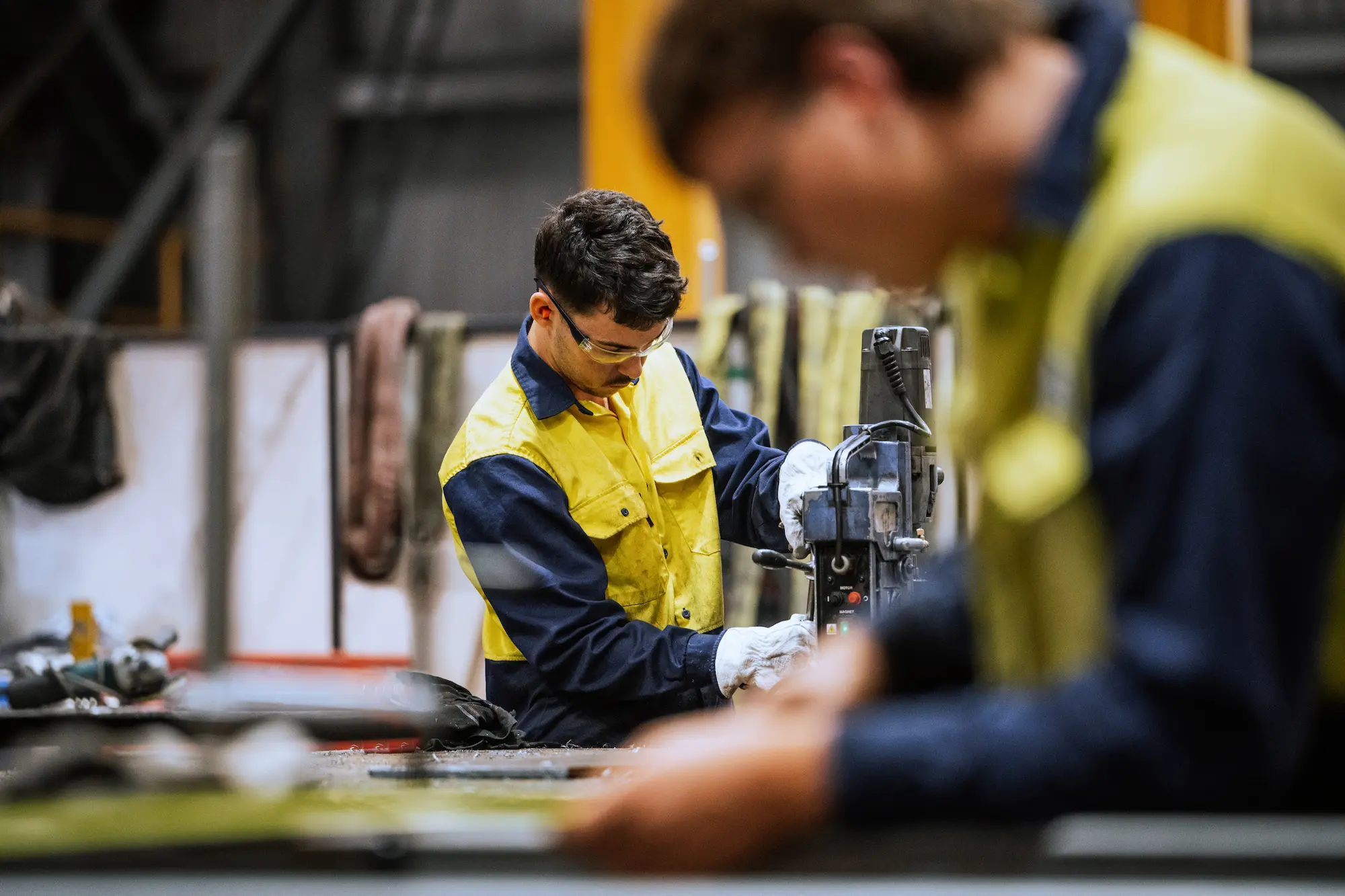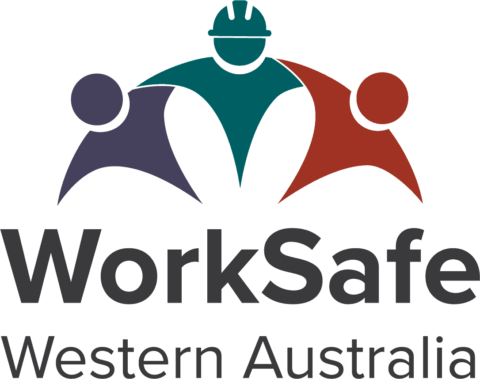Heavy Mechanical and Engineering Industry Module
The heavy mechanical and engineering industry offers hands-on, practical career paths for young people who want to work with big machines, tools, and equipment.
Many young workers get started through apprenticeships, traineeships, or entry-level roles, gaining valuable skills while they learn on the job.
16.2%
Be Aware
of work-related injuries in this industry involve young workers.
That's about 1 in 6.
Stay sharp, stay safe on the tools.
Module structure
8 Sections
Each with a quiz, followed by a fun ‘Spot the Hazard’ industry simulation.
26 to 30 Minutes
Estimated learning time
100% pass required, but don’t worry, you get unlimited attempts.

Working in the heavy mechanical and engineering industry can be dangerous
Common tasks in this industry include:

Fabricating metal materials
Cutting, pressing, and shaping steel and aluminium to make parts or structures.
Fitting and machining
Working with precision machines to shape metal parts, fit components, and ensure pieces meet specifications.
Tool and part production
Making parts, equipment, tools, and instruments used in manufacturing, construction, and engineering.
Welding, grinding and casting
Joining metal parts through welding, smoothing surfaces by grinding, and creating components using casting techniques.
Machine assembly and maintenance
Constructing, assembling, installing, modifying, repairing, and maintaining machinery and equipment.
General workshop operations
Handling materials, and supporting skilled workers with tasks like cleaning, storing tools, and preparing equipment.
Apprentices and trainees play a key role in supporting many of these tasks while building their skills and experience in the industry. It’s important for young workers to focus on working safely, as this helps protect themselves and others while learning on the job.
Statistics
Top incidents causing injuries
These are the top 10 types of incidents causing injuries to young workers in the heavy mechanical and engineering industry, based on a five-year average.
Other risky situations you might face on the job
Single Contact with chemical or substance
Welding
Working with forklift
Long-term exposure to sounds
Electrical safety
Source
WorkCover WA claims data (2019–20 to 2023–24p), analysed by WorkSafe WA, 2025.
Notes
- Calculations are based on a five-year total from 2019-20 to 2023-24p.
- Percentages are based on all incident types; totals may not sum to 100% due to rounding or overlapping categories.
- Injuries are measured by the number of LTI/Ds (lost time injuries/diseases), defined as one or more days/shifts lost.
- The SmartMove heavy mechanical and engineering industry is classified under ANZSIC 2006 -Subdivisions:
- 21 Primary Metal and Metal Production Manufacturing
- 22 Fabricated Metal Product Manufacturing
- 24 Machinery and Equipment Manufacturing.
Build your safety smarts?
Start SmartMove to build the skills you need to protect yourself and your workmates. Learn how to stay safe while working with powerful machines, heavy materials, and precision tools.


